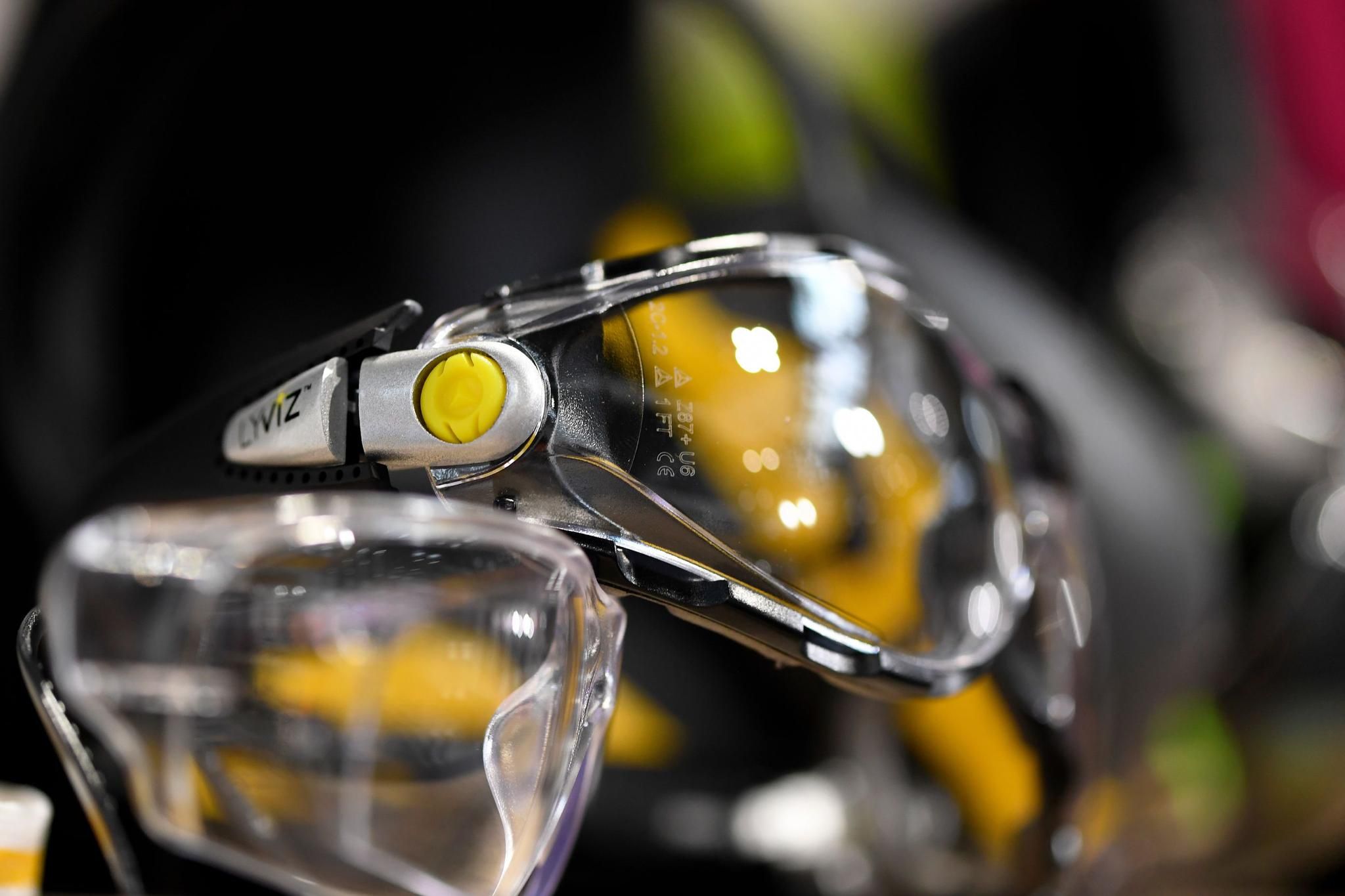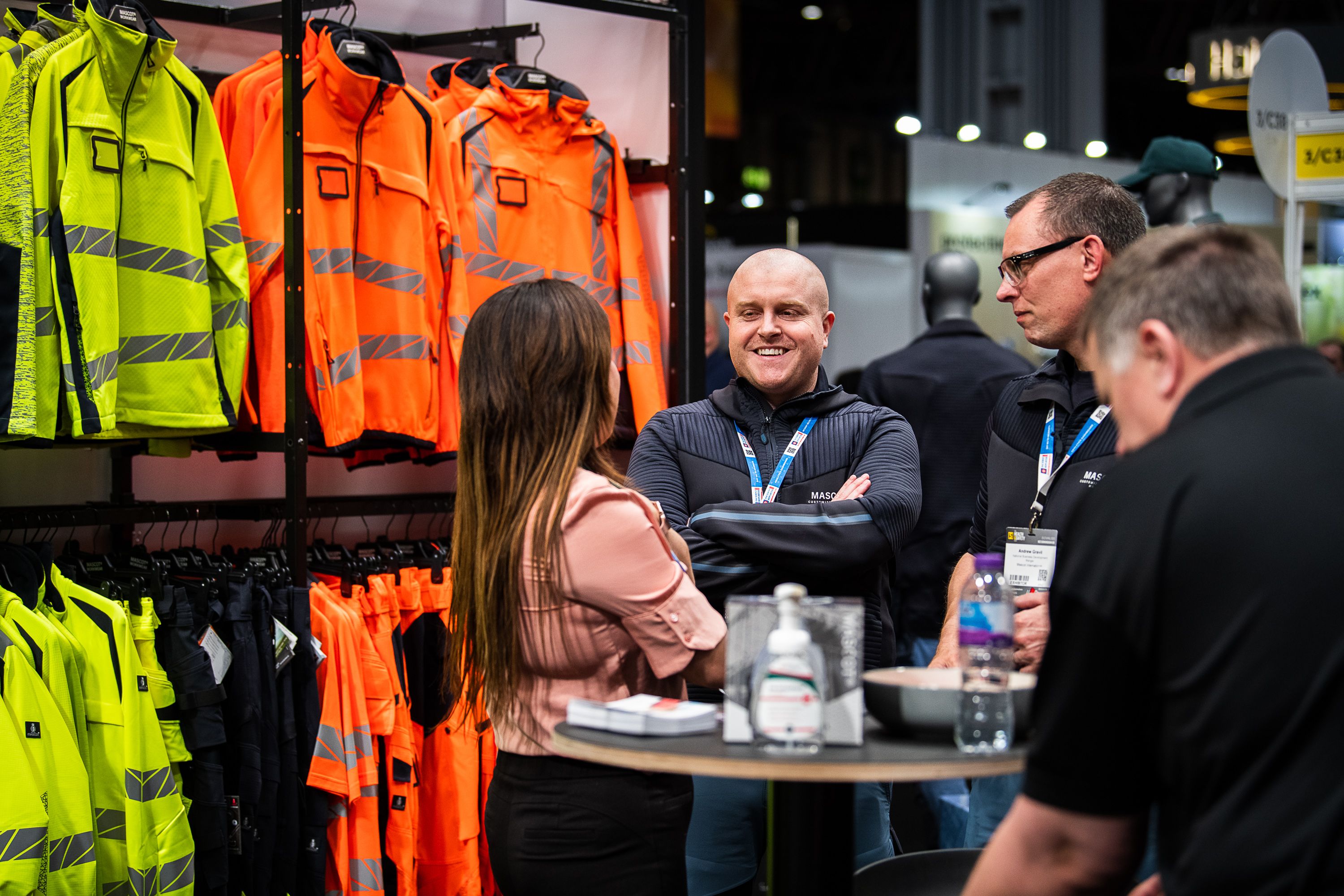Enhancing Safety Practices Makes Good Business Sense
-Safety-supervisor-signing-docs-(iStock-1316570946).jpg/fit-in/1440x9999/filters:no_upscale())
Workplace safety has made tremendous strides over the last several decades, however there is still work to be done. While organisations have increased their focus on workplace safety overall, several risk areas are often overlooked. If not managed correctly, things like heat stress, worker fatigue and excessive workplace noise can significantly impact an employee’s health and well-being and increase workplace injury and accident claims.
Let’s explore these risk factors confronting employees and why monitoring them is effective for team morale and great for an organisation’s bottom line.
Heat stress
Employees around the world across various industries can experience extreme heat from their environment, machinery or work processes during their typical working day. As a result, heat-related injuries and illnesses such as heat stroke, heat exhaustion, cramps, and headaches are far too common. In addition, the dizziness that sometimes comes with extreme heat exposure can contribute to fainting and have severe consequences.
Firefighters, construction workers, factory workers, boiler room workers, and farmers are some of the high risk occupations for heat-related injuries. In addition, pre-existing factors and conditions, such as age, heart disease, or certain medications, can make individuals more susceptible to heat-related issues.
Fatigue
Workplace fatigue is a big issue within most workplaces; however, it is often underestimated. It is generally associated with a feeling of constant tiredness, weakness or lack of energy and can be physical, mental or a combination of both. A state of fatigue means more than just being sleepy and can be heightened by many external factors such as hot (or even cold) environments.
Fatigue should not be overlooked as it poses a significant hazard by slowing down reaction times, reducing concentration, and impairing judgement and memory. As a result, fatigue can have devastating consequences for workers and employers, especially when driving or operating dangerous tools or equipment.
Noise
Hearing loss is one of the most common work-related injuries. Millions of employees experience hazardous noise levels in the workplace that can have long-lasting effects on their quality of life.
When the ear is damaged, physical implications can vary from tinnitus, headaches and tense muscles to stress and increased blood pressure. For many people, therapies are available to help but more often than not, they only reduce or mask symptoms. While the physical damage is widely discussed, the psychological and social implications should not be overlooked. A reduced level of hearing and communication can impact job opportunities and reduce performance in the workplace. Other side effects include problems concentrating, depression and low self-esteem, often resulting in greater isolation and feelings of loneliness.
There is no doubt hearing loss can have serious physical and mental consequences. Research has also proven a link between hearing loss and dementia. Those who suffer with hearing loss experience a mental decline of the auditory cortex. This is the part of the brain that processes sound frequencies and needs to be kept active in order to hear well. Auditory deprivation can affect hearing permanently, making it harder to process certain sounds, which in turn can be a key contributing factor towards the development of dementia.1
Cost of employee turnover
These three workplace hazards unnecessarily risk the health and safety of your employees, create additional stress, and negatively affect their well-being and workplace morale. For that reason, they are a significant contributor to employee turnover.
Employee turnover, and its implications on a business, should be a significant concern for any organisation. That’s because employee turnover costs employers an average of 33% of an employee’s annual salary.2 Why is that? Finding, hiring, and training their replacement is time-consuming and costly.
The direct and indirect costs associated with the hiring process are where the bulk of that expense originates. Things like recruitment fees, advertising, administrative hours, relocation fees, bonuses, and the cost of training quickly add up.
Consider the time necessary to onboard and train a new hire, this is all valuable time during which the employee is not producing a direct output for the organisation. The loss of productivity from the employee who left, and the new employee who is not yet trained, can have ripple effects throughout an organisation. Existing employees may take on additional responsibilities, which can hamper their productivity or morale, contributing to further employee turnover.
So, what can be done to significantly slow the employee turnover cycle?
Investing in safety makes good business sense
Enhancing workplace safety practices is positive for employees and good for business. Fewer accidents mean happier employees, resulting in lower operating costs and reduced employee turnover. In addition, employees are more comfortable knowing they work in a safe environment, and companies benefit as their business operations run more efficiently with less cost and disruption caused by accidents. Below are some of the most significant benefits for employers and workers.
Benefits to employers of investing in safety
Lower operating costs: Enhancing safety practices can help organisations lower operating costs from workplace accidents and illnesses. These costs, like productivity losses, administrative, legal and medical expenses, and insurance deductibles, can add up quickly. In fact, companies in the United States spend around $171 billion on workplace injuries each year.3
Avoid regulatory fines: Organisations that don’t comply with regulatory requirements can face steep fines and negative impact to their reputation. After an accident, regulators are more likely to want to inspect the workplace. If inspectors find any non-compliance, the organisation could face sizeable fines.
Reduced employee turnover: Businesses that invest in safety often see a boost in employee morale which improves the overall productivity and efficiency of the organisation. When employers reduce hazards and build safer and happier environments in the workplace, it demonstrates to the employees the genuine care they have for their well-being and in turn leads to reduced employee turnover.
Benefits to employees of investing in safety
Injury reduction: Workers who spend their days in hazardous environments experience a high level of stress. Excessive stress can have a negative effect on an individual’s mental well-being, increasing the likelihood of employees experiencing severe or life-altering injuries.
Creating a positive workplace safety culture
Building an effective safety culture in the workplace is necessary to attract and maintain top talent. It requires a thoughtful, proactive approach. For example, employees working in extreme or dangerous environments, like production facilities, emergency services, or construction, may be exposed to extreme hazards at various points during their shift. Taking a snapshot of one portion of their day may not give you the full picture of how that individual is responding to the environment or their increasing exposure level. Due to the variety of workplace hazards and uniqueness of every workers’ physiology, the best way to address risk factors like heat, noise, and fatigue is through continuous monitoring.
Bodytrak is a non-invasive, in-ear monitoring solution that accurately measures multiple physiological metrics in real-time – such as core body temperature, heart rate and heart rate variability, preventing incidents related to heat stress, fatigue and noise exposure – in one comfortable wearable device. It provides data-driven insights into how the body responds to extreme environments and work-related stressors using individual baselining so that supervisors and leaders can intervene when necessary.
See the team at HSE23 to learn more about how Bodytrak can help you create a happier, safer, and more productive workplace.
References
1 www.thcp.co.uk/blog/hearing-care/how-can-hearing-loss-affect-your-everyday-life
2 www.benefitnews.com/news/avoidable-turnover-costing-employers-big
3 www.osha.gov/businesscase


.png)
.png)
.png)
.png)

